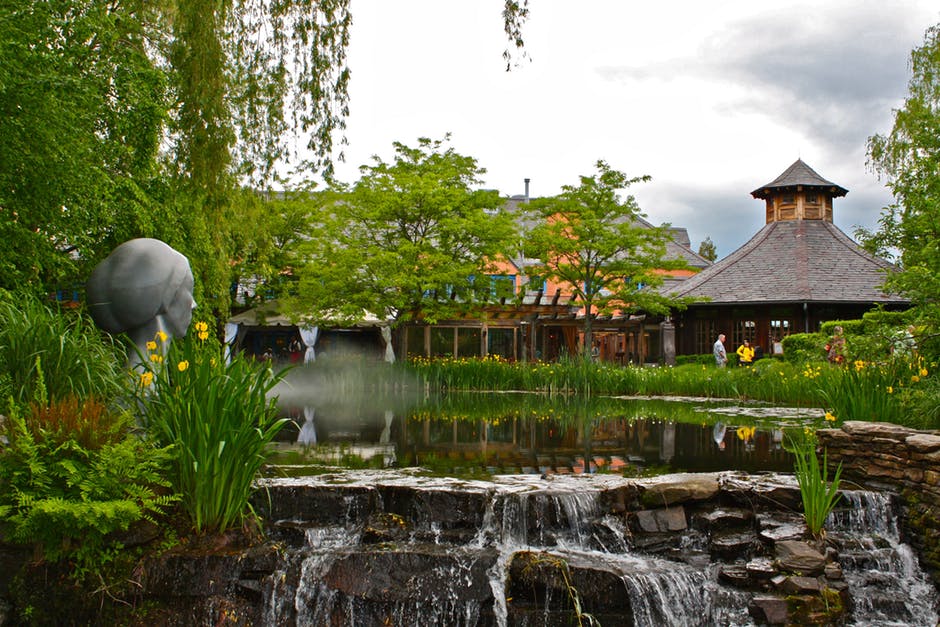Retaining walls are the apt solution to the adverse effects of slopping properties. Besides increasing the size of usable space, they prevent excessive top soil erosion. The materials used for the construction of the appropriate retaining wall play a significant role. Different materials used for the construction affords certain advantages and disadvantage in remedying the slopes’ adverse impact. At the heart of this decision is the retaining wall installation cost.

The cost of erecting retaining wall impacts on the method to be adopted during the construction. Further, the materials selected for construction also play some role in the overall cost. Below are the main factors which influence the expenses incurred during the erection of a retention barrier.
(a) Professional involvement: Sometimes the best solution to a weak surface and unstable soil fault line is a professional intervention. Engaging the services of a landscape architect or a structural engineer to take care of your bulking backyard is the feasible alternative. However, such expertise does not come cheap. Even though they take care of your nagging problem, they are a drain on your budget. On top of these professional charges, there are local authorities that required permits to undertake such installation… and charge you for it.
(b) Materials used: Whether you use timber interlocking blocks, stacked stones, bricks, blocks and even concrete. By applying a simple rule of thumb, you can use the following rates for every material:
• Timber materials generally cost about $15 per square of a retaining structure.
• Interlocking block, interlocking brick as well as pour concrete will cost $20 for the same area.
• The natural stone wall is the most expensive at $ 25 per square meter.

Not only does the material you select for erecting a retaining wall paramount in solving the slope menace, it also affect your overall construction budget.
(c) Site preparation: Not all site conditions are the same. In fact, each location is unique in every aspect. As such, the preparation of any individual location is peculiar to the characteristics. A pasty cotton soil or peat soil environment or a swampy location will require a more intensive site clearance and preparatory work. They will need more labour and machine usage even before the actual fence laying work commences. The opposite is true to a sandy or murram surface which is easily manipulated and dug.
(d) Preparatory charges: Some experts charge each aspect of their time. Be it transport to the site for appraisal, site inspection. They then provide separate invoices for design services as well as technical advice. On the other extreme are those that offer free service on these and only charge for the actual construction as a marketing gimmick. However, small these costs are they eventually build up to a large bill. In managing your retaining wall cost, it is imperative that such costs are controlled. By doing a little research and costs comparison, you can source the best service at an ideal budget.
The eventual choice of the retaining wall is with you. Making a careful evaluation of the options available can significantly reduce your retaining structure expenses.
